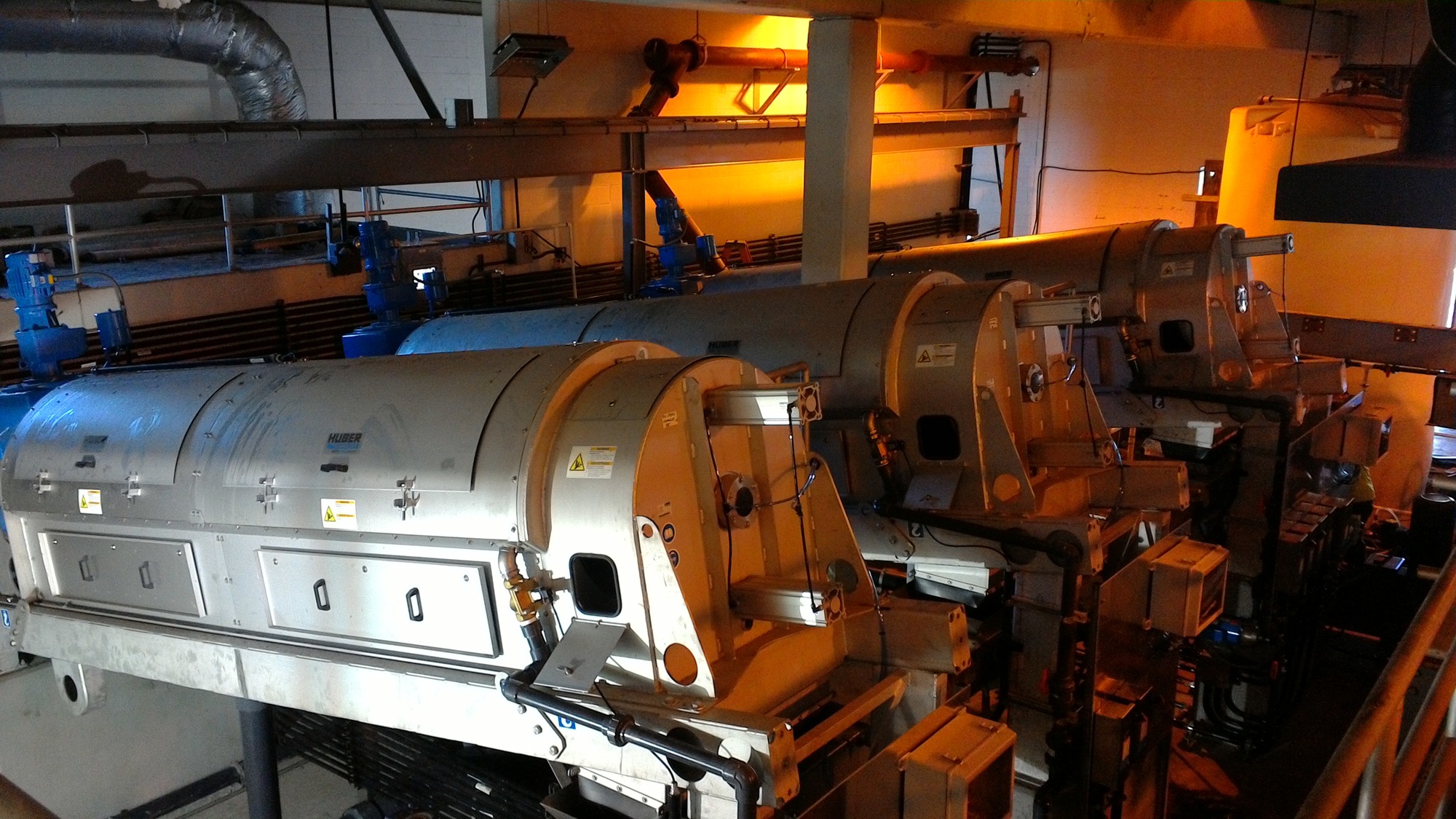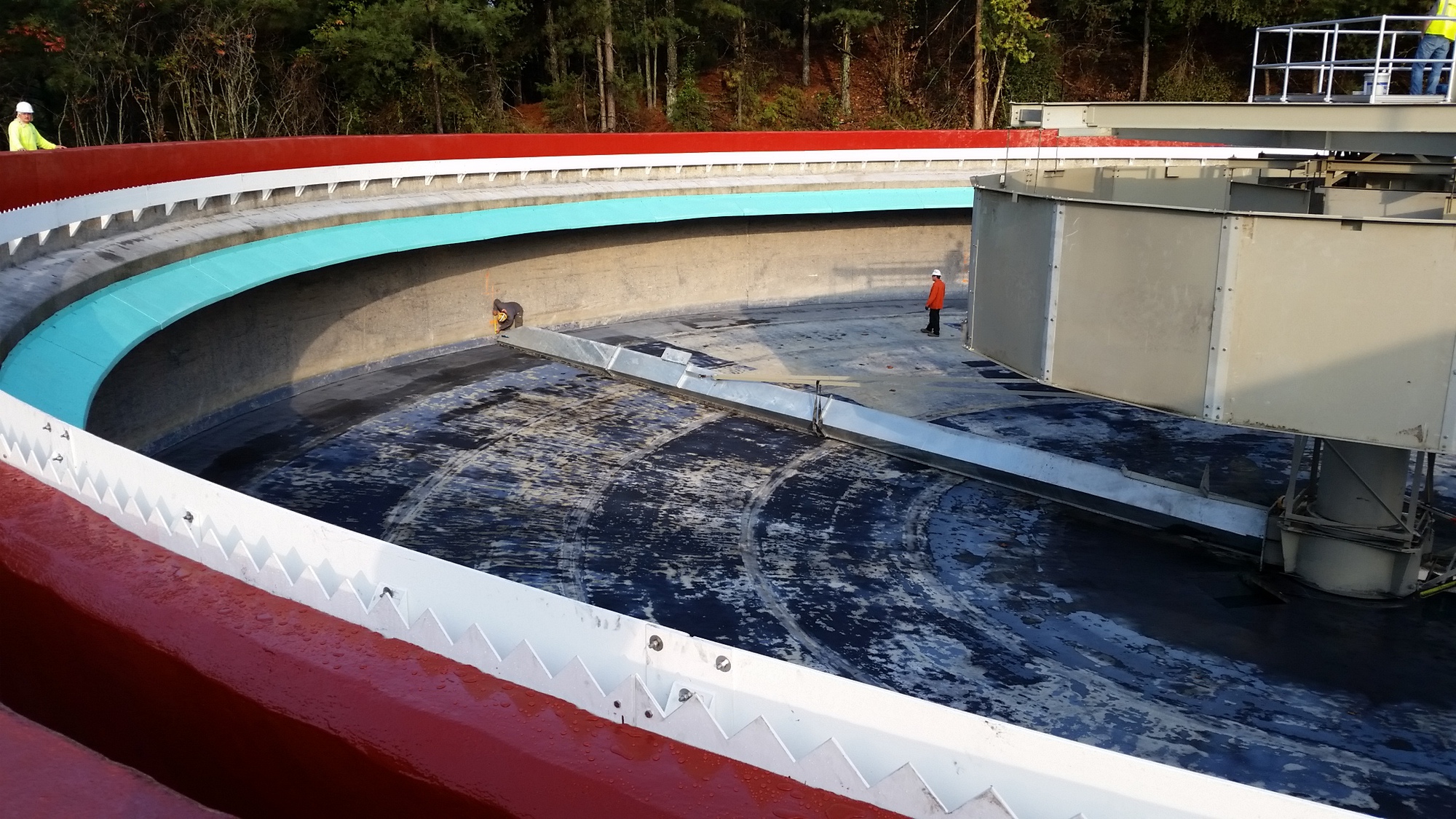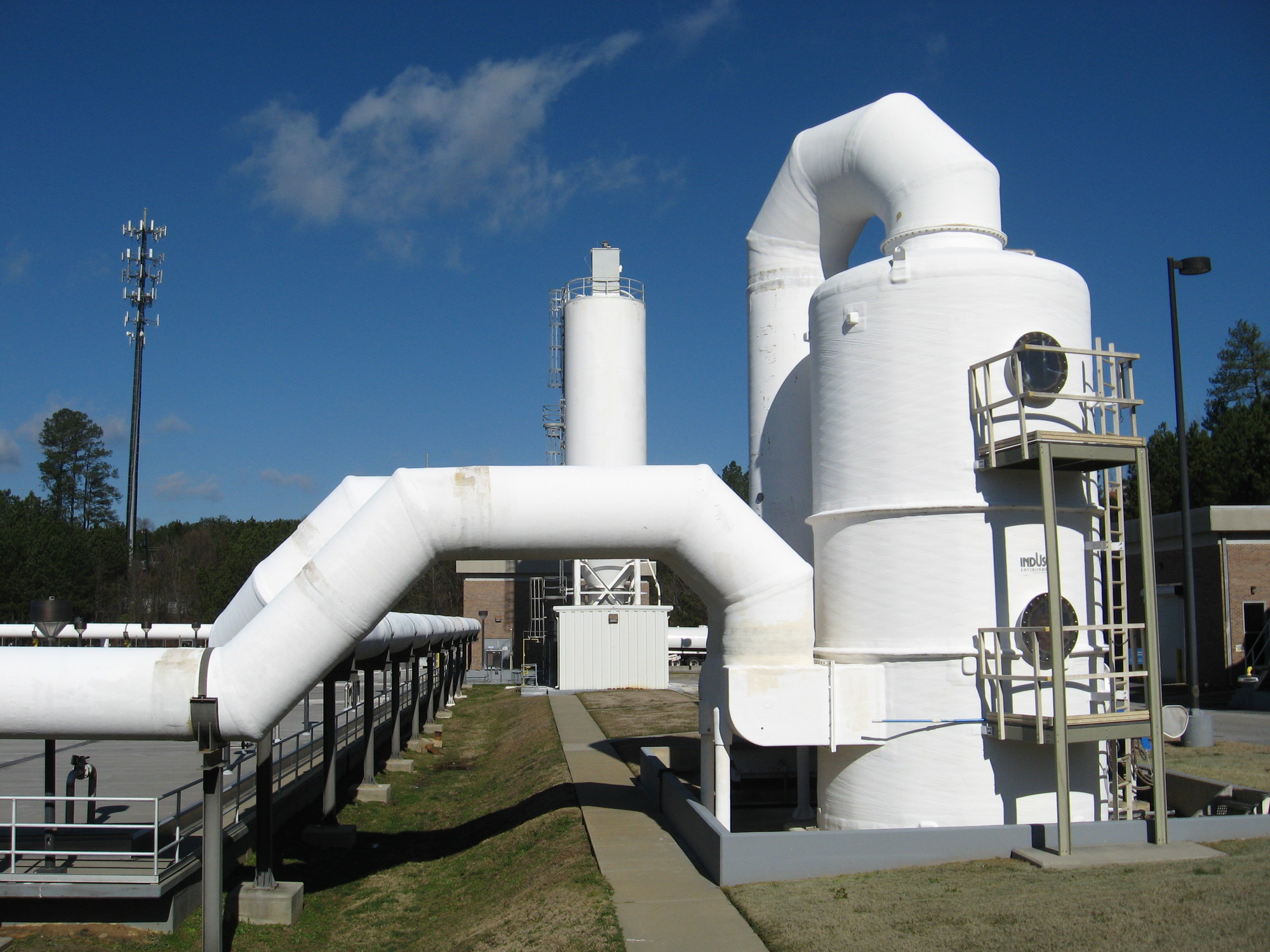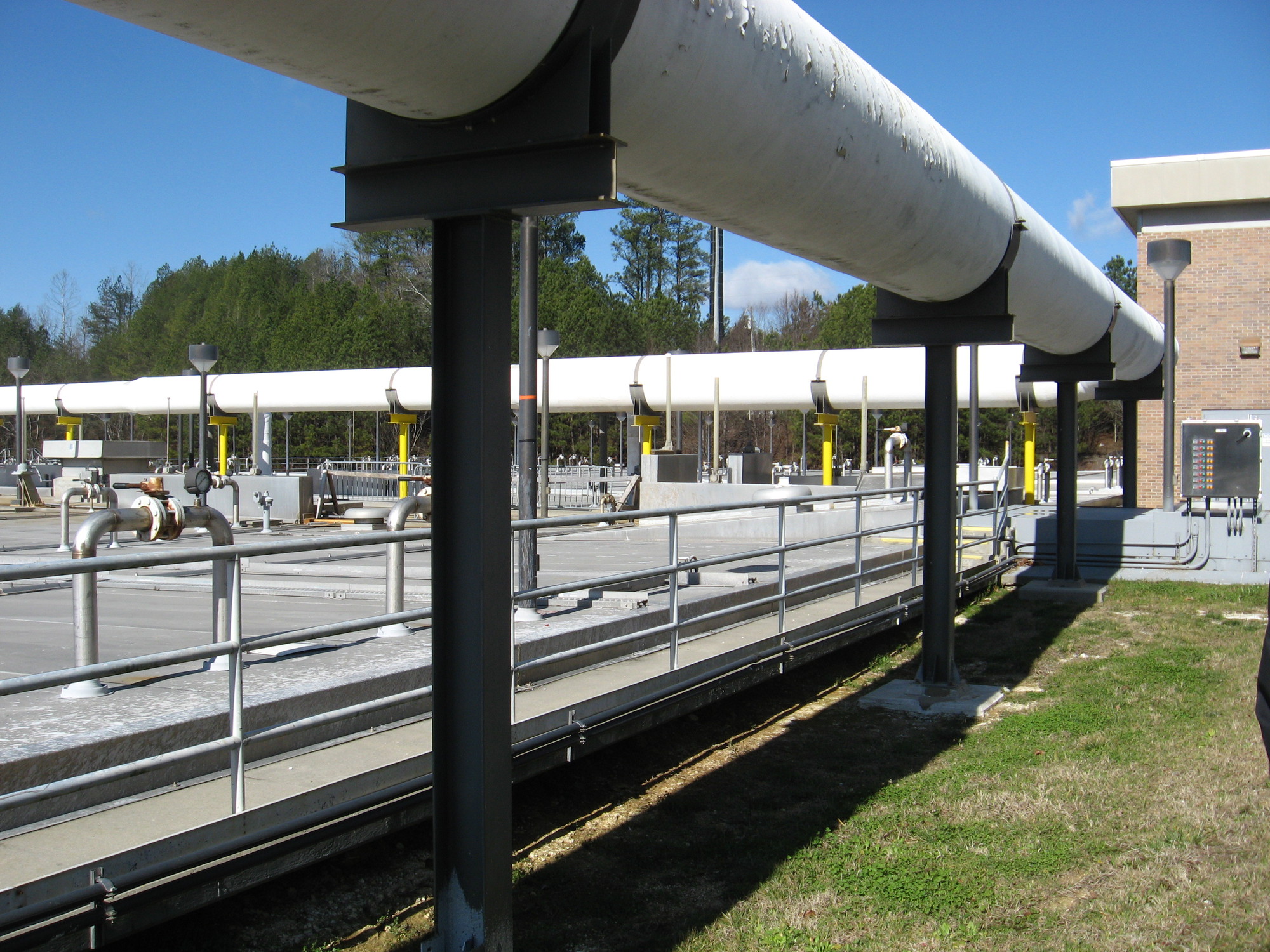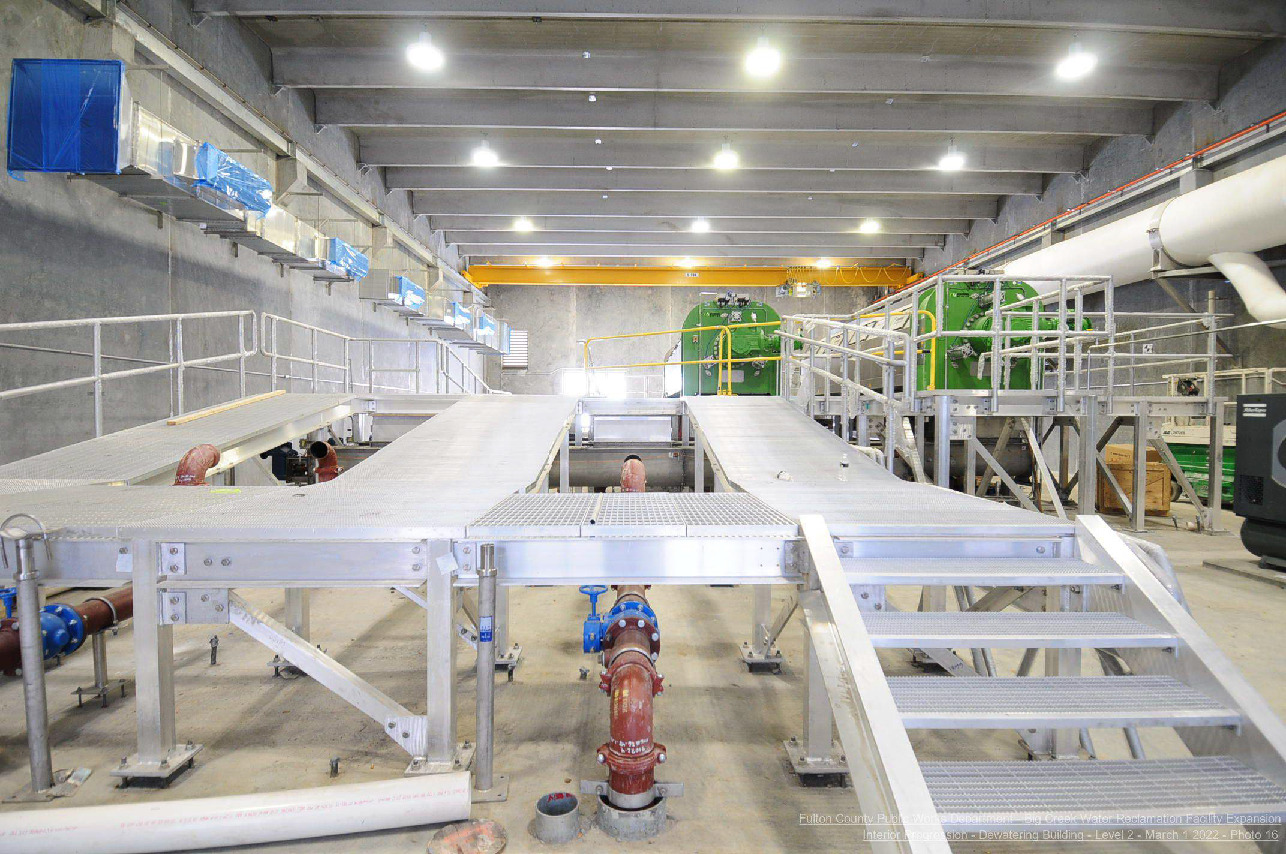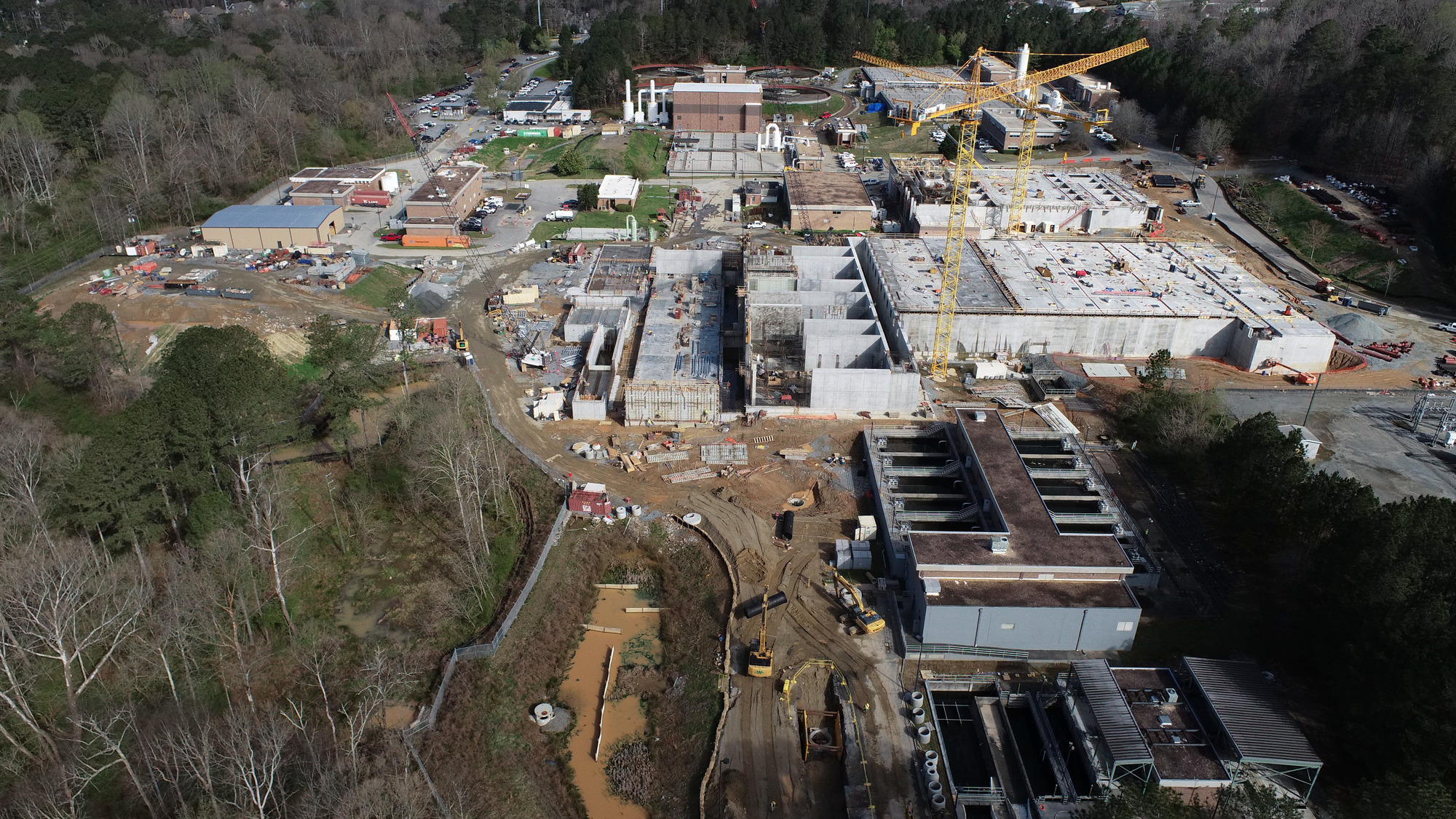Originally constructed in the 1970s and upgraded several times in the years since, Fulton County’s Big Creek Water Reclamation Facility (WRF) is a conventional activated sludge facility with step-feed capabilities and a biological nutrient removal process. In 2017, during its most recent rehabilitation project, Fulton County sought to improve the facility by addressing operational issues, removing hydraulic restrictions that prevented it from passing peak flows and replacing equipment and systems that were nearing the end of their useful life.
The county called on Gresham Smith to design, permit and provide construction services that would improve the biological nutrient removal process, secondary clarifier mechanisms, odor control systems and solids handling capabilities. Through some genuine ingenuity, innovative design and insightful planning, the firm was able to make the necessary upgrades, while also reducing operation and maintenance costs.
in cost savings
MGD peak flow
reduction in chemical usage
